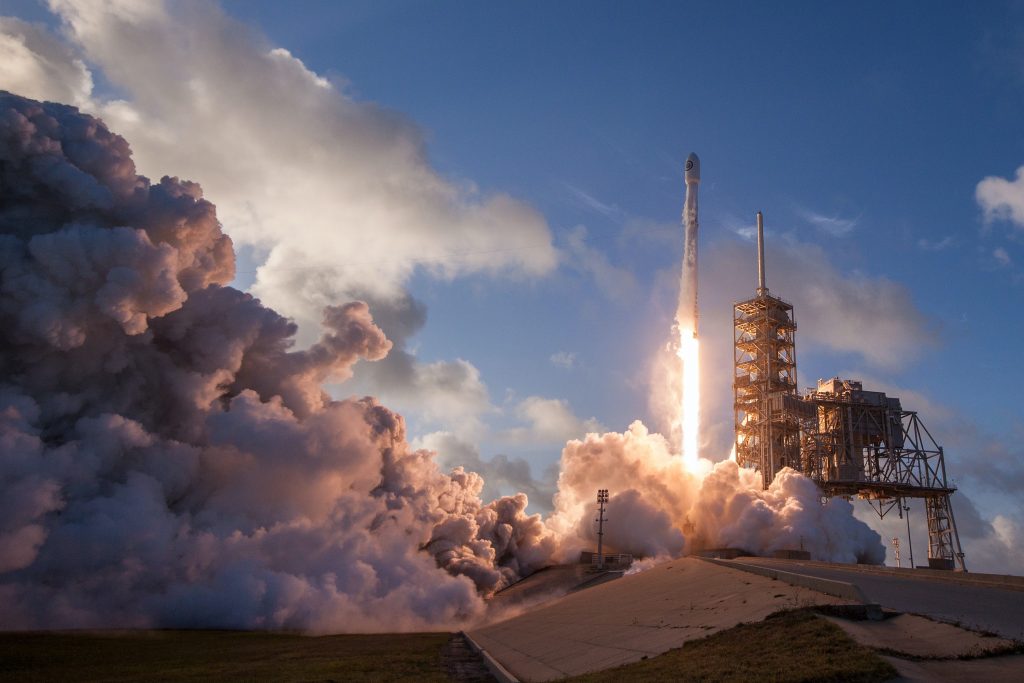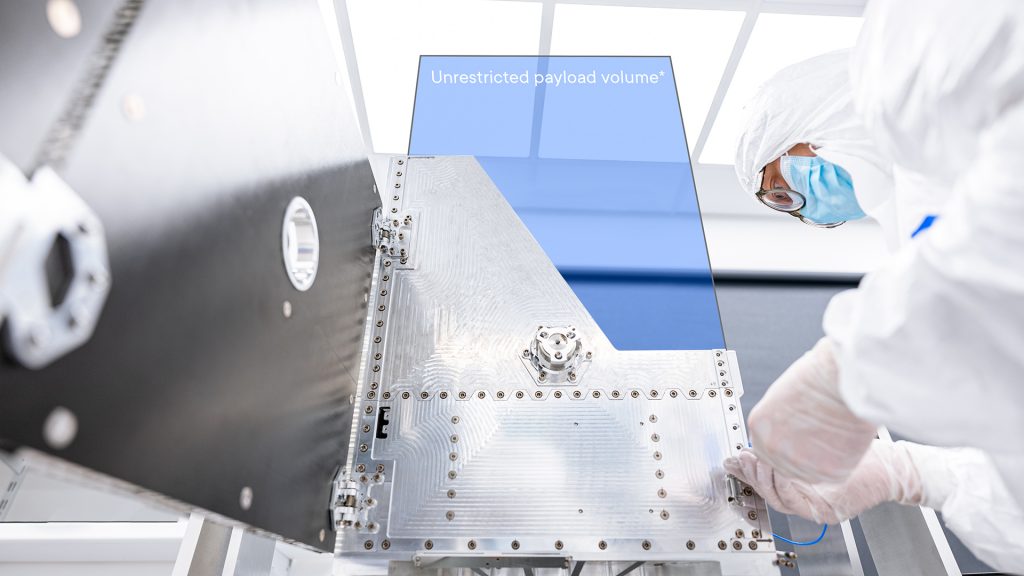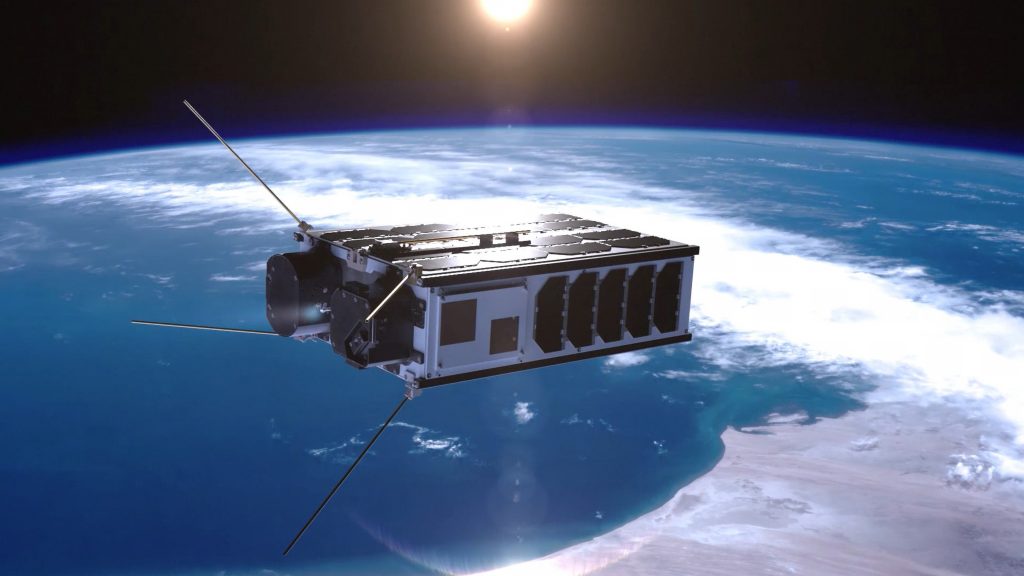- 2023-01-19
Several common mistakes when planning a satellite mission can lead to delays, increased costs, and other issues. By being aware of these factors, those who are planning to launch a satellite mission can take steps to avoid them and increase the chances of a satellite’s mission success.
These are nine small satellite mission planning mistakes we frequently encounter when working with customers on their missions:
1. Buying a launch slot before finding a satellite/mission provider first.
One of the most common mistakes made when planning a satellite mission is buying a launch slot before finding a suitable satellite or mission provider. Purchasing a place on a rocket launch too early can lead to a tight production schedule and increased costs, as the customer may need to rush to find a provider that meets their needs. Selecting the right satellite mission provider is often an iterative process. It can take up to a month for the provider to deliver a proposal. Then the customer needs to review it and return to the provider with questions. This cycle may need to be repeated several times.
2. Not accounting for when the satellite needs to be delivered to the launch site.
Depending on the launcher, the satellite may need to arrive at the launch pad two or three months before the launch for launch vehicle integration. This timeframe must be accounted for in the project schedule and payload development.

3. Taking data or parameters on the mission provider’s website for granted.
Another mistake often made is taking data or parameters on the provider’s website for granted. It is always good practice to double-check the numbers with the provider, as your concept of operations or operational orbit can impact all those metrics. Also, question the listed specifications themselves. For example, some providers still list the accuracy of a single component, such as a star tracker, as their system-level pointing performance. This overlooks alignment errors, thermal influences, and other control-related factors that affect the actual in-orbit performance of a fully integrated system.

(*As long as the satellite fits inside the launch vehicle’s payload fairing)
4. Avoiding Single Event Effect (SEE) Radiation Testing.
Many NewSpace companies still neglect testing their systems and payloads for the much more destructive Single Event Effects (SEE) and Heavy Ions, and mainly focus on Total Ionizing Dose (TID). However, TID is not a major risk for most missions in low Earth orbit with typical lifetimes of 3-5 years. On the other hand, high-energy particles can cause destructive events or frequent system reboots, which can make payload operations impossible. Performing board-level high-energy proton tests (and arguably critical component heavy-ion tests) can greatly increase your mission’s reliability and success.
5. Not considering frequency licensing and how long it takes.
If you plan to operate the satellite, it is essential to consider who will be responsible for its frequency licensing. If you are doing it for the first time, it can take up to 18 or 24 months, depending on the bandwidth.
6. Scheduling with no margins.
Scheduling with margins will ensure a better night’s sleep. Apply margins to the satellite provider, your payload development cycle, or your payload supplier. Have a few weeks of buffer for any unexpected delays. It is better to have margins than to delay your satellite launch.
7. Not accounting for sufficient payload inspection and integration time.
When payloads from our customers reach us, we perform incoming inspections, functional tests, and then full integration and testing. Depending on the payload, these processes can take a week or a few months and require some margins.


8. Overlooking what the satellite manufacturer can provide before developing one’s payload.
Overlooking what the market can provide may lead to additional NRE (Non-Recurring Engineering) in the satellite design stage. For example, some payloads apply the 10x10x10cm CubeSat standard to the outer dimensions of the payload. This does not fit the inner interface points of typical nanosatellite frames, necessitating custom frame designs. It is always good practice to check with the satellite manufacturer for suggestions on mechanical, power, and data interfaces. NanoAvionics is always happy to provide input.
9. Not accounting for the length of the satellite registration process.
The length of this process varies greatly from country to country. Different countries also have different requirements that a registered spacecraft needs to meet. For example, satellites registered in France need an onboard propulsion system to mitigate space debris or collision risks. For these reasons, the satellite registration process must begin as early as possible. To learn more about satellite regulations, check International Telecommunications Union website.
10. Not considering satellite ground station availability, location, and compatibility.
When developing your first satellite mission, it is easy to underestimate the complexity of ground segment coordination. Both the satellite operator and the ground station provider must obtain regulatory licenses, which can take time and vary by country. These licenses are location-specific, meaning you cannot quickly add ground station coverage mid-mission without prior approval. Therefore, we recommend planning for your ground station coverage early in your mission development process.
11. Changing your satellite’s orbital altitude late in the project.
It may seem minor, but changing your mission’s altitude mid-way through the project can have wide-reaching consequences. Even a few tens of kilometers can significantly affect a satellite’s thermal environment, with bigger changes having significant effects on your ground station contact windows, link budget, payload performance, and more. Consult with your launch and satellite providers about the proper orbital parameters for your mission early on.
12. Not considering that orbital maneuvers will typically pause payload operations.
Some missions, for example, doing Earth observation, will be limited in payload operations when orbital maintenance, orbit raising or lowering, formation flying, or phasing maneuvers are being executed. Depending on the chosen propulsion system and maneuver complexity, this can mean up to several weeks of reduced payload operations.

By avoiding these common mistakes, you can ensure that your satellite mission has a higher chance of succeeding. Consider factors such as launch schedule, delivery timing, frequency licensing, and more when looking for a small satellite or CubeSat platform provider. By planning and preparing, you can save a lot of sleepless nights.
If you want to discuss your satellite mission, book a meeting with experts from NanoAvionics team.






